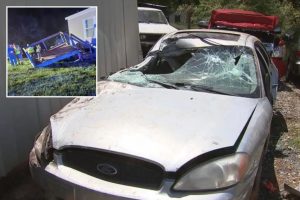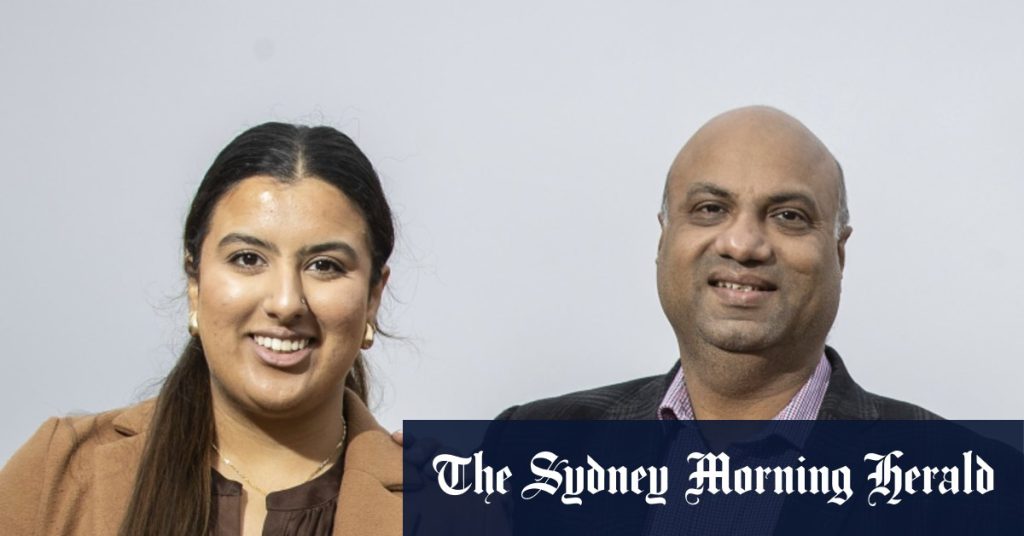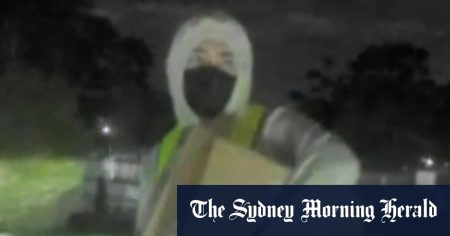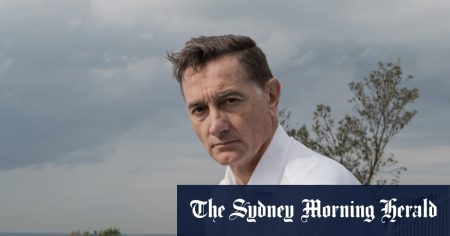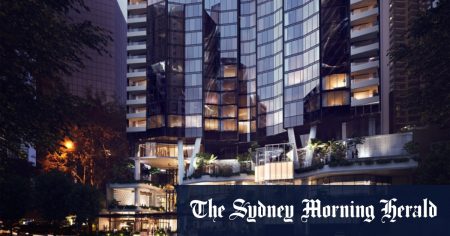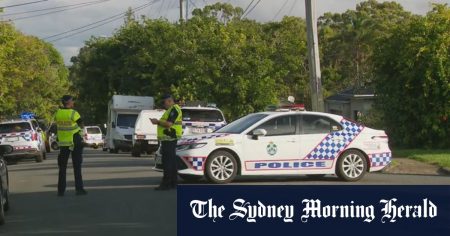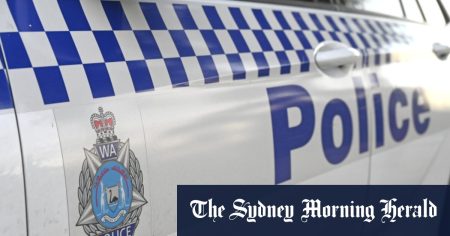The empty field on the south side of the train tracks just beyond Rockbank may be unnoticed by most commuters, but to Gurpreet Verma and his daughter, Rhea, it is a field of dreams. Thornhill Gardens, the newest housing estate in the fastest growing suburb in Australia, will soon be built there. Rockbank has seen rapid population growth in recent years, attracted by its affordable housing and proximity to services like the V/Line station, a primary school, and a Hindu temple. Gurpreet purchased a lot for Rhea, studying podiatry at Monash University, for less than $300,000, seeing it as an investment in her future.
Melbourne’s growth has traditionally expanded outwards to provide affordable housing, but recent data shows a slowdown in greenfield housing releases. The state government is now pushing for 70% of new housing to be concentrated in established suburbs and to build 80,000 new homes annually. However, the number of housing lots sold in Melbourne’s greenfields has decreased significantly, causing concern in the property sector. Builders are facing financial stress, and the market is predicted to become even tougher in the future, potentially mirroring Sydney’s soaring land prices.
The allure of cheap land on the urban fringe has long been a draw for homebuyers, but some experts argue that the costs to society outweigh the benefits. The rediscovery of the critically endangered Victorian grassland earless dragon near Bacchus Marsh has forced a halt on housing development plans in the area, raising concerns about encroachment on valuable farmland. Farmers and councils are calling for the protection of agricultural land from urban sprawl, as rising demand for rural living pushes land prices up in green wedges and peri-urban areas.
Despite lobbying from property interests to open up new areas for greenfields housing, Melbourne is reaching its geographical limits for growth. Infrastructure and social services in these fringe areas are inadequate, making it an inefficient way to build a city. Research commissioned by Infrastructure Victoria found that taxpayers are subsidizing greenfields development through incentives like stamp duty concessions and first homeowner grants, costing billions in additional infrastructure expenses. Rhea Verma, looking forward to moving into Thornhill Gardens one day, sees the untapped potential in living in a new estate with fresh opportunities and amenities.
In conclusion, Melbourne’s model for growth is facing challenges as the city reaches its geographical limits and greenfield housing releases slow down. The allure of cheap land on the urban fringe comes with wider costs to society, including impacts on endangered species, farmland, and taxpayer expenses. The shift towards concentrating new housing in established suburbs and building upwards presents a different approach to sustainable growth. As Melbourne navigates these challenges, it will need to strike a balance between meeting housing demand, protecting natural habitats, and ensuring the long-term sustainability of the city’s development.

